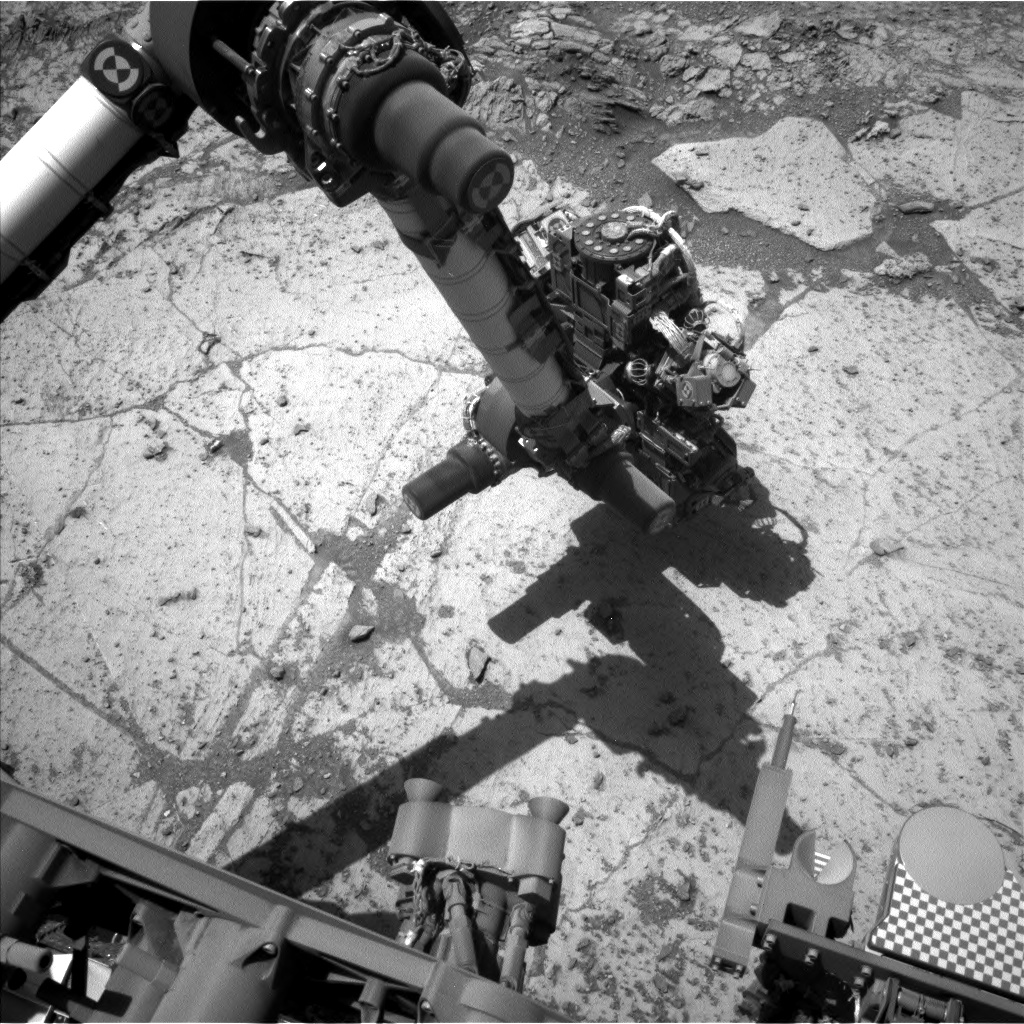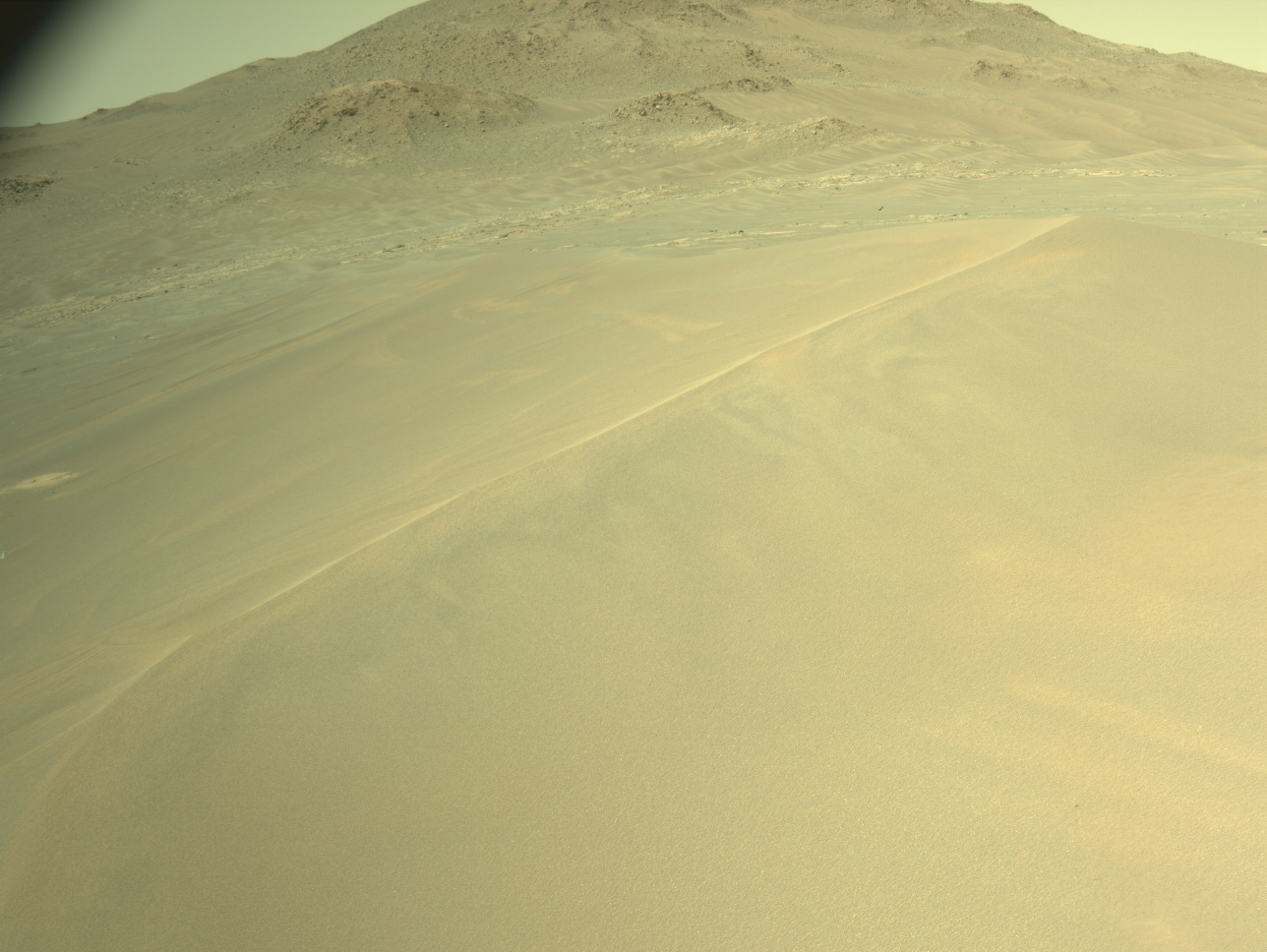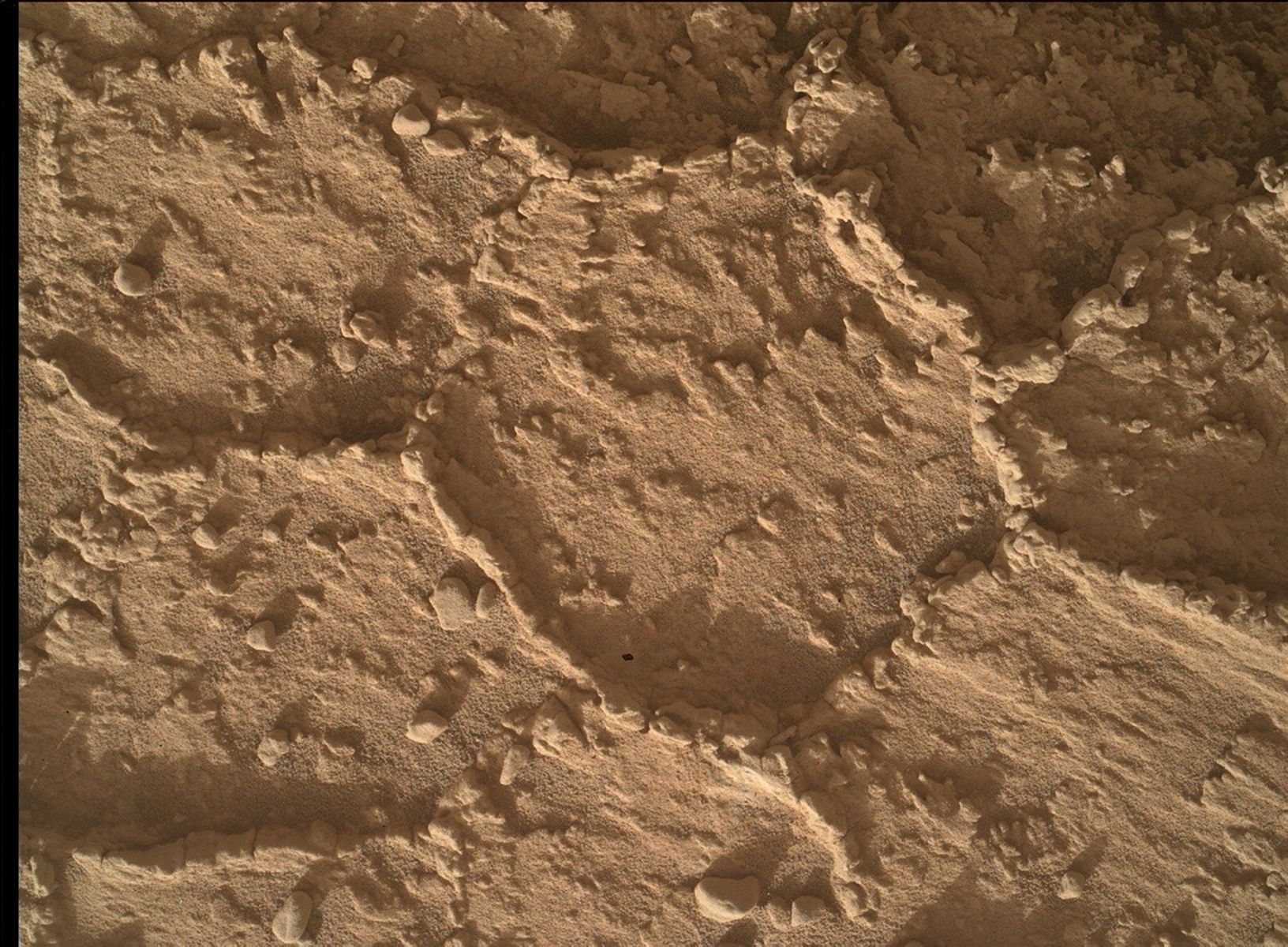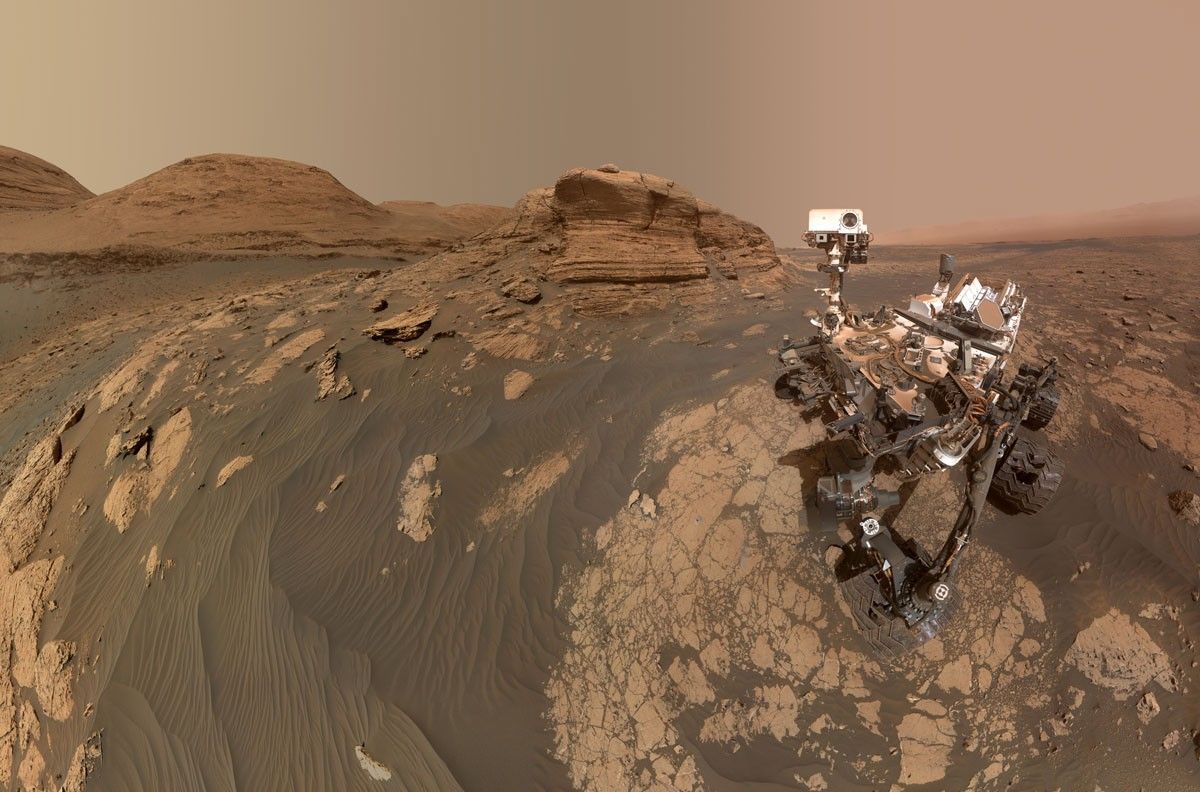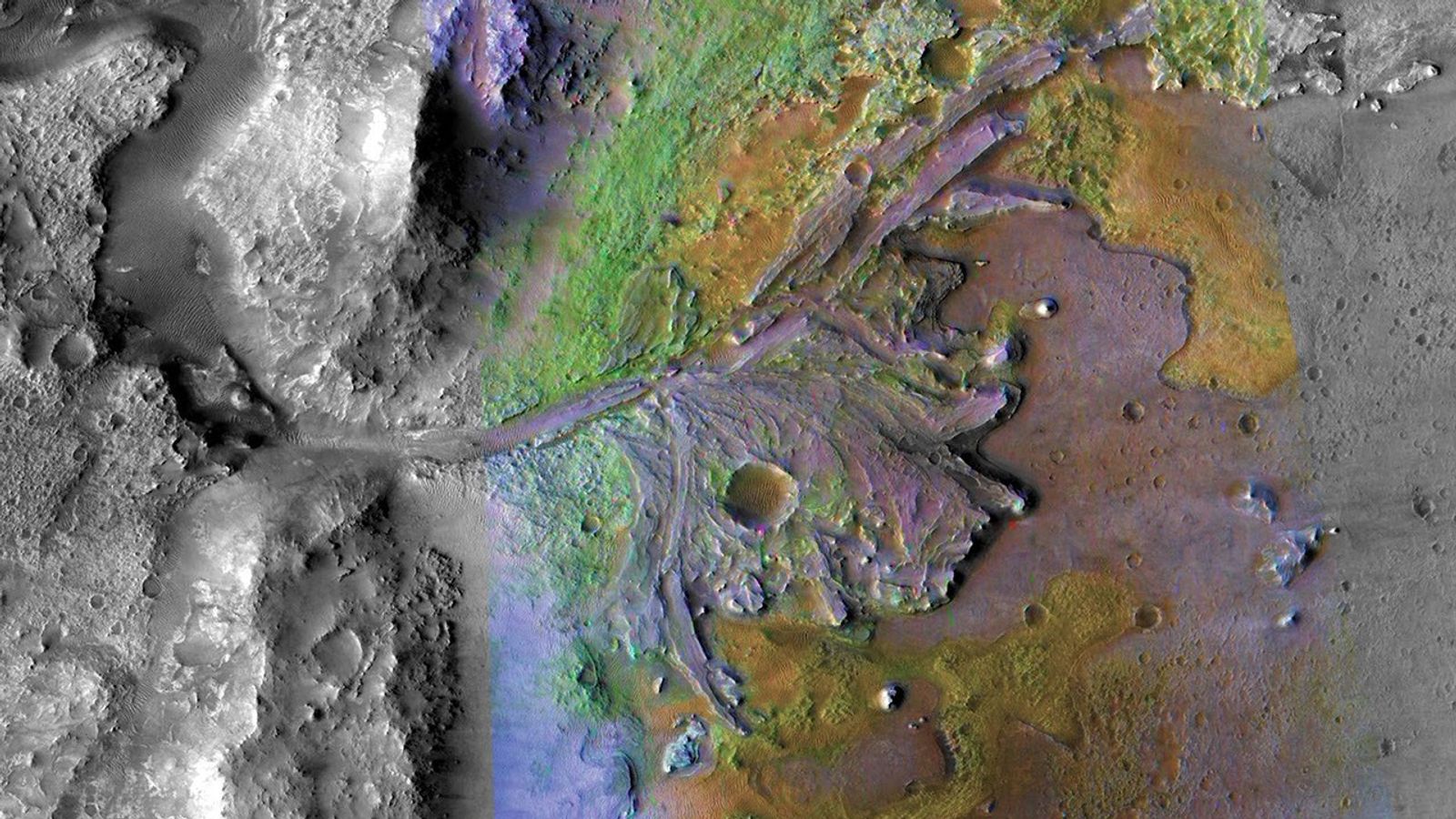Earth planning date: Friday, Aug. 2, 2024
Prepare your party poppers, horns, and confetti! On Aug. 6 (EDT), after 4,265 Martian sols since Curiosity first landed in Gale Crater, the rover will be turning 12 years old. I still remember the excitement of watching Curiosity's landing back when I started high school. Now, as a "Keeper of the Plan" for the Geology and Mineralogy theme group, I have the incredible opportunity to be part of this mission. To mark the end of the 12th year, Curiosity is currently parked within a large valley called Gediz Vallis, all primed and ready to drill "Kings Canyon" (pictured above).
The previous plan involved conducting a preload test in Drill Sol 1, to ensure we could drill safely. The test was successful, confirming that Kings Canyon is safe to drill! The team was also happy with the chemical composition data from the APXS (Alpha Particle X-ray Spectrometer) results, so we are all set to drill a new king!
On the first sol, we’ll conduct Drill Sols 2 and 3, where the actual drilling will take place and the drilled material will be subsequently characterized. Alongside drilling, we also plan to capture a MAHLI (Mars Hand Lens Imager) image of a relatively peaceful target called “RAGE.” (This target is the site where the rover will later perform the RAGE activity to clean up after drilling.) On the second sol, we’ll perform a LIBS (Laser Induced Breakdown Spectrometer) analysis on "Lake Eleanor," a rock crushed by Curiosity’s wheel, revealing light-toned material. Additionally, we will conduct a ChemCam passive observation on a section of the Gediz Vallis channel floor.
The third sol is packed with scientific activities. We’ll conduct a LIBS on "Lyell Glacier," a rock with different colored coatings to compare with dark-toned coatings seen by the Perseverance rover. ChemCam will take the opportunity to capture a long-distance Remote Micro-Imager (RMI) shot of an arm of “Milestone Peak,” which is full of gray rocks aligned in a slightly different direction from the rest of the ridge within the center of Gediz Vallis. We also plan to capture four Mastcam mosaics: one of the southern section of a large hill called “Kukenan” and three mosaics documenting the different textures, structures, and lithologies of the deposits within the valley floor. Furthermore, a ChemCam Passive Sky observation and atmospheric monitoring activities in the morning are also on the agenda.
As we prepare for these exciting activities, the anticipation builds for Curiosity’s 12th birthday. Here's to many more years of exploration and discovery on the Red Planet!
Written by Amelie Roberts, Ph.D. candidate at Imperial College London




























